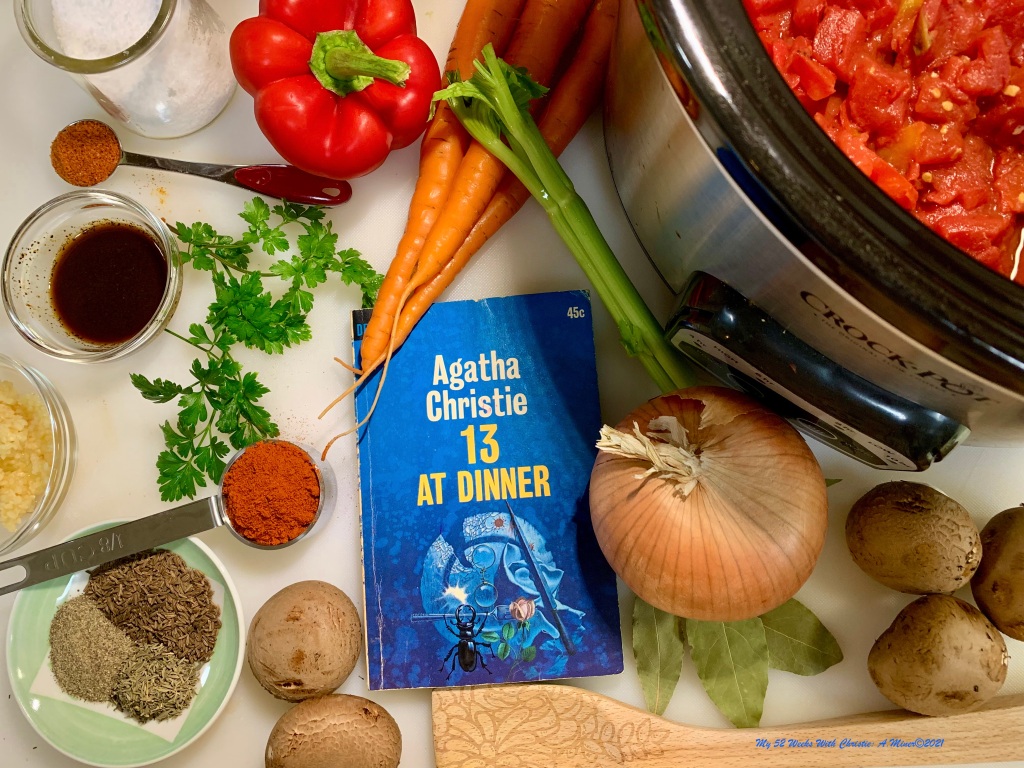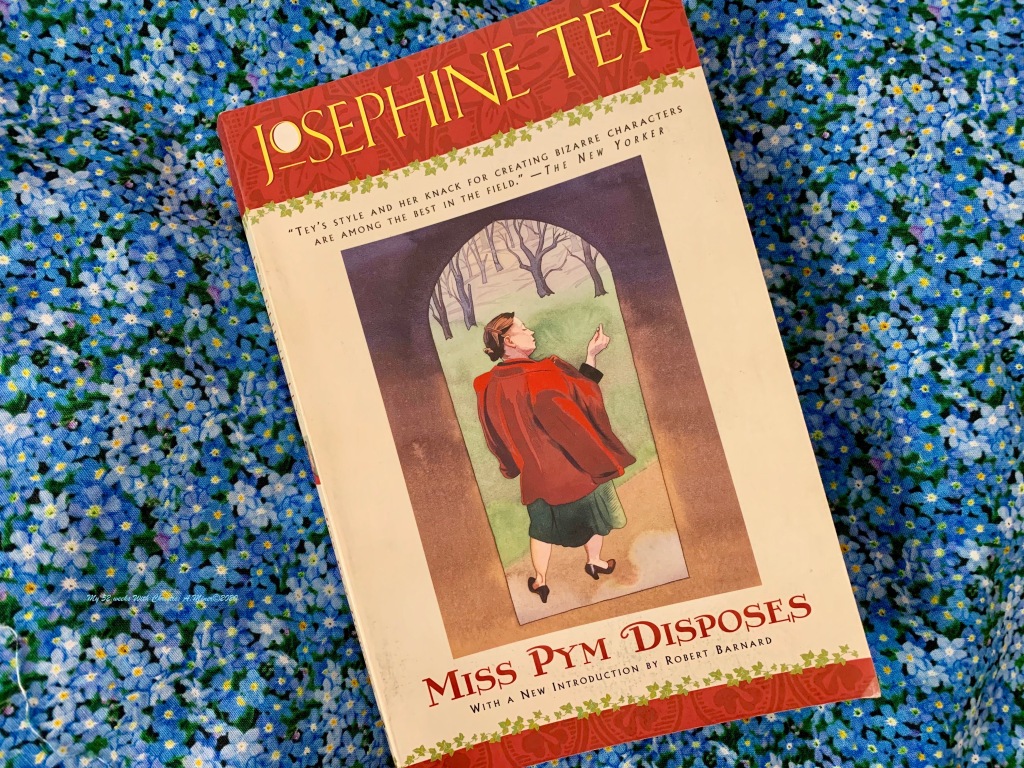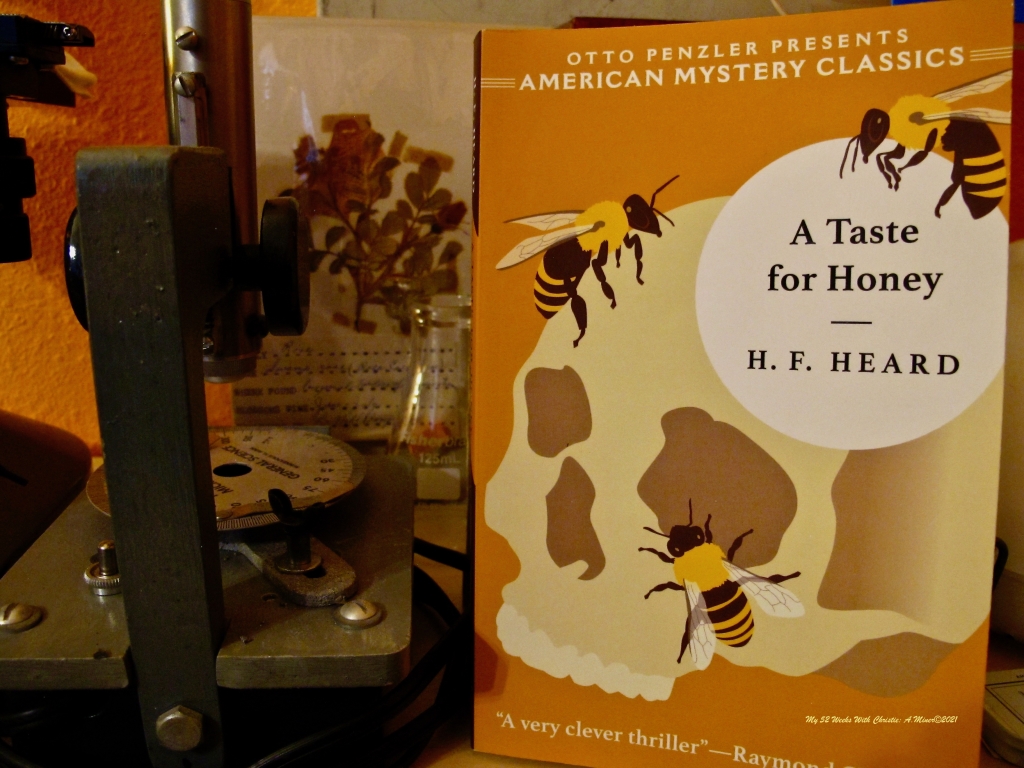
Once upon a time, when I worked as a bookseller, the founder of our shop wrote a list of the five best mysteries (in his estimation) of all time. Rex Stout’s Fer de Lance, of course, topped the list. (Bill was a huge Nero & Archie fan — as those of you who knew him well remember.) However, at that point, I hadn’t started My 52 weeks With Christie blog nor begun reading my way through the classics section. So, on an academic level, I found Bill’s list interesting but not one I felt compelled to read my way through.
Fast forward one decade.
Whilst perusing the shelves of my local bookstore, I chance upon a copy of The Poison Chocolates Case, and it sparked a memory. I don’t recall its exact position on it, but for whatever reason (probably the word chocolates), I recollected its inclusion in Bill’s esteemed list.
So I picked it up.
And my oh my, do I agree with our late great founder of SMB.
Based loosely on the Detection Club, which Anthony Berkeley helped found, the story’s Crime Circle gets together regularly to discuss all things, “….connected with murder, poisons and sudden death.” (pg. 11). (Similar to the Real Murders Club from Charlaine Harris’s Aurora Teagarden mysteries and the Hallmark Movies.) In any case, believing a group of amateur sleuths/criminologists unequal to the task of finding a solution to a rapidly cooling case, which stumped Scotland Yard’s best, Chief Inspector Moresby presents the evidence and theories to the Club’s six members.
These six members have one week to form and prove their theories before presenting them to the group — and no solution is off limits.
Berkeley does a masterful job of presenting the same case seven times, with seven VERY different solutions — each ratcheting up the tension just a little further until landing on an ending that somehow I didn’t see coming!
Another aspect of this book I enjoyed is the fact the members of the Crime Circle draw parallels with real true crime cases and their own theories. Their commentary on said cases is fascinating and contains enough detail, you can research them on your own.
Should you be so inclined.
Now, I’ve read variations on this style of mystery before — Cards on the Table by Agatha Christie, written seven-ish years after The Poisoned Chocolates Case, pits four detectives against four murderers in order to solve a single crime. Asimov’s Black Widowers short stories (based on Asimov’s own experience with the Trap Door Spiders — an arguing/dinner society of noted sci-fi figures) reminds me of Berkeley’s Crime Circle as well. Unfortunately, while reminiscent of Berkeley’s work and brilliant in their own right, neither Christie nor Asimov captures the same slow burn or surprise Berkeley manages to cram into this masterpiece.
Seriously, if you’re looking for an outstanding mystery, I highly suggest, just as Bill did before me, you pick yourself a copy of The Poisoned Chocolates Case — you won’t be sorry.




You must be logged in to post a comment.